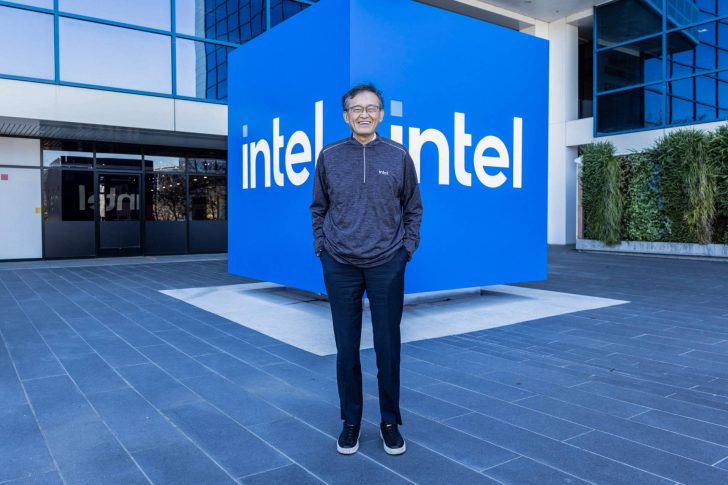Intel is venturing into the ASIC and design sector, marking a significant shift in its business strategy. CEO Lip-Bu Tan emphasizes the importance of this move, stating it will be vital for the company’s future operations.
Intel’s New Direction in ASIC Design
Recently, Intel announced the formation of the Central Engineering Group (CEG) to unify its engineering talent. Led by Srini Iyengar, who joined from Cadence Systems, this division aims to drive revenue growth and address past AI missteps. Sources have noted that CEG will likely play a key role in Intel’s future, providing custom silicon solutions and expanding its x86 IP’s reach.
In addition and just as important, the [CEG] group will spearhead the build-out of our new ASIC and design service business to deliver purpose-built silicon for a broad range of external customers. This will not only extend the reach of our core x86 IP but also leverage our design strength to deliver an array of solutions from general purpose to fixed function computing.
– Intel’s CEO Lip-Bu Tan at Q3 earnings call
Competing in the AI Arena
Currently, Intel does not have a competitive AI product lineup, with the upcoming Jaguar Shores AI rack-scale accelerator expected in 2027. Competitors like NVIDIA and AMD have established strong AI hardware portfolios, leaving Intel with limited options. However, the CEG and ASIC focus could change the game. Intel’s comprehensive silicon expertise, combined with its internal foundry capabilities, positions it uniquely in the market. It offers a complete package to customers seeking custom AI silicon, a distinction that sets it apart from other ASIC designers like Broadcom and Marvell.

The Path Forward for Intel
Opportunities abound in the AI supply chain, from manufacturing margins to ASIC design fees. Lip-Bu Tan’s experience at Cadence, where he focused on custom silicon, positions Intel to take advantage of the ASIC trend. If executed well, the custom silicon business could become Intel’s new cornerstone, transforming it into a complete system foundry involved in every supply chain step. However, the competitive AI market and evolving ASIC designers present challenges that Intel must navigate carefully.
